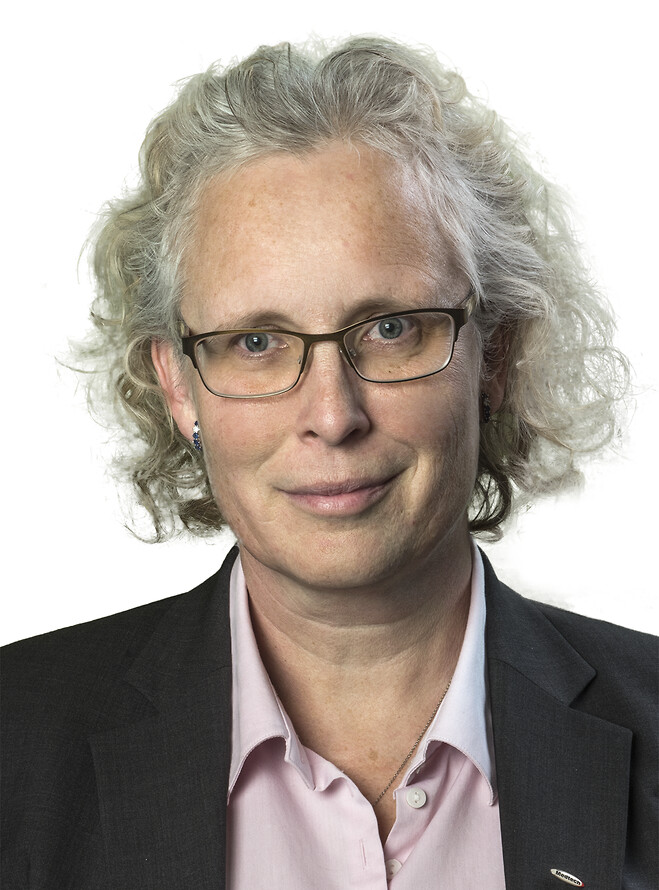New rules for diagnostic products, but who will certify them? “An extreme shortage area”
IVDR are four letters that are now probably causing discomfort and stress in many medical technology companies in Sweden and the rest of Europe.
The abbreviation stands for the new regulations that will enter into force on 26 May imposing new and much stricter requirements on products within in vitro diagnostics. These are instruments, reagents, and other products used in diagnostics performed via samples and tissue taken from the human body and analysed outside it, which is an enormous part of the diagnostics performed in healthcare.
Even though companies have had several years to prepare themselves, many will not be able to get their products approved in time.
“It is extremely difficult to see how they will make it in time, and above all, this is due to the lack of notified bodies,” says Anna Lefèvre Skjöldebrand.
Notified bodies is the name of independent organisations appointed by the authorities to test and assess whether certain products meet the standard, can be approved and thus be allowed to be sold on the market.
Today, there are only 6 such organisations for IVDR in all of Europe, compared with 19 notified bodies for the old regulations. In Sweden and the Nordic countries, there are no notified bodies for IVDR at all. Furthermore, the number of products that need to be certified due to the new regulations has more than doubled tenfold, and it does not measure up.
“And yet, we are only talking about products that are already on the market and will be recertified according to IVDR. Moreover, all the new products will also be included in the system, and it’s a huge bottleneck.”
Another 3 notified bodies are expected to be approved in Europe during the year, but according to Anna Lefèvre Skjöldebrand, that will not nearly be sufficient.
On top of the insufficient capacity of the notified bodies, the cost of getting a product through the process has increased considerably. According to Lefèvre Skjöldebrand, companies have already started to review which products they have the capacity to get through the system. Other products risk being phased out and disappearing from the market due to a lack of a notified body or because the certification process is too expensive.
“It is already becoming apparent that certain products are disappearing, as they are not included in procurements or on the market.”
In a joint letter Swedish Medtech, Swedish Labtech and Lif have requested that the state institute Rise (Research Institute of Sweden) be commissioned to apply to become a notified body for IVDR.
“It would make a real difference because this is such an extreme shortage area.”
Within the EU, the emergency has finally been realised. In order to avoid a shortage of diagnostic products, a decision was made last winter on a gradual introduction of the new regulations, which means that the length of the transition period depends on the product’s risk class.
This will give many companies more time to implement recertification of their products.
“The gradual introduction of the new regulations has reduced the fear of 26 May, although it has not removed the problems, only postponed them,” says Anna Lefèvre Skjöldebrand.
Peter Löwendahl is Senior Consultant at Hoff & Lowendahl, and he helps medical technology companies with questions about regulations. He believes that the gradual introduction of the new regulations will solve some problems, but not all.
“Surely, most of the old products will remain on the market, but as long as there are not enough notified bodies, only a few new products will be released. The acute problems have been solved in the short-term, but new products risk being delayed for several years,” he says.
Furthermore, he points out that many types of changes to an existing product will also require immediate IVDR approval.
The small companies with innovative products will have the greatest difficulties getting their products approved and CE marked. Larger companies have more resources and more products, and as key customers, they become more attractive to the existing notified bodies, says Peter Löwendahl.
“The lack of notified bodies will greatly impact start-up companies with an innovative product that needs to be released on the market shortly.”
Artikeln är en del av vårt tema om News in English.

 Av
Av